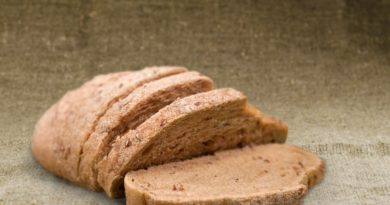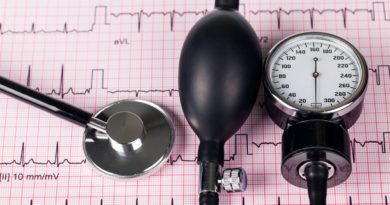6 Common Dieting Mistakes to Avoid
When you want to lose some weight the first thing you do is "cut out" foods. But beyond moderate amounts or restricting certain unhealthy foods, there are some mistakes that are not letting you lose weight. Here are six of them:
1. A plate of legumes is a good start
There are people who take a plate of lentils or chickpeas and second a steak. It is a very common menu but it could be a protein excess. Legumes are foods with a high content of proteins, complex carbohydrates, vitamins and minerals.
Combined with cereals (rice, pasta or couscous) they are a complete single dish and it is not necessary to continue with a second.
2. Sticking to diets that ban mixing food
The myths about how foods should be combined to make better use of their nutrients and to lose weight, in general, lack scientific basis.
There is no evidence of the benefits of this type of guidelines that intend to separate certain foods from the same intake. In addition, most of them contain, to a greater or lesser extent, carbohydrates, fats and proteins that are impossible to separate.
3. Whole-wheat = less caloric
It is true that they contain more fiber and, therefore, promote intestinal transit and have a greater satiating effect, which helps you lose weight.
However, this type of food usually contains the same amount of calories as refined ones. And this means that, if you abuse them, you will also be contributing a high caloric value.
4. Skipping breakfast
Skipping the first meal of the day is one of the most frequent mistakes people make when dieting.
All research has shown that eating five meals a day contributes to a lower prevalence of overweight and obesity.
5. Fruits at the beginning
Actually it is advisable at any time because, regardless of when it is taken, it contributes the same number of calories.
What is certain is that if you take it at the beginning of the meal, producing a satiating effect favors you feeling full earlier and you do not eat more food than necessary.
6. Opting for the "light" foods
A food that is presented as "light" does not have to be very low in calories, it is simply a product whose caloric intake is lower than the one that "imitates".
- Sweets and pastries. Although some chocolates, jams and pastries are sold as "light", often this name refers to having a lower amount of sugar but still provide a high amount of calories that also increase your weight.
- Sauces. Some people take only one tablespoon of normal mayonnaise but when you have the "light" version, three are served. However, the energy difference between the two sauces is not so great as to double their consumption, let alone triple it.
Some considerations
As you can see, the success of a diet goes far beyond preconditioning caloric foods and following a restrictive meal plan.
Before incorporating any change in your eating habits, we recommend consulting with a specialist, who will be the best person to offer advice that best suits your daily needs. In this way, your diet will be much healthier.
Remember to complete the diet with an exercise routine that you can adapt as you progress in your weight loss plan. Drink enough water, take care of your motivation and respect your hours of rest.




